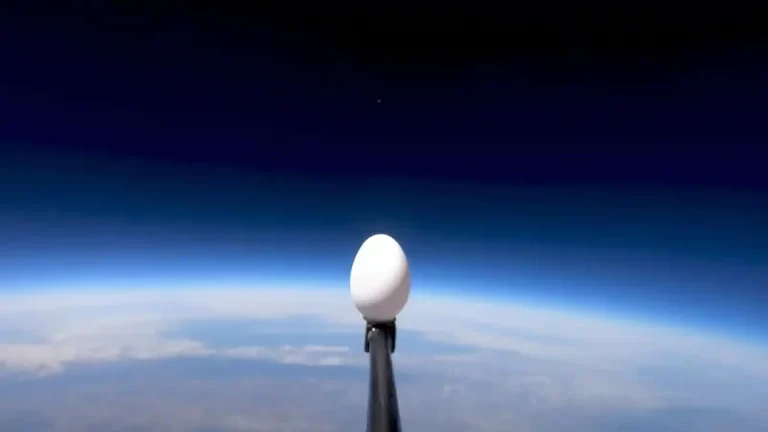Washington :NASA was set Saturday to launch a spacecraft called Lucy on a 12- time charge to explore for the first time a group of rocky bodies known as the Jupiter Trojan asteroids, gathering new perceptivity into the solar system’s conformation The Atlas V rocket responsible for propelling the inquiry was listed to take off on Saturday at 534 am original time (934 am GMT) from Cape Canaveral.
Named after an ancient reactionary of apre-human ancestor, Lucy will come the first solar-powered spacecraft to venture so far from the Sun, and will observe further asteroids than any inquiry before it– eight in all Also, Lucy will make three Earth flybys for graveness assists, making it the first spacecraft to return to our earth’s vicinity from the external solar system Each bone of those asteroids, each one of those pristine samples, give a part of the story of the solar system, the story of us,”Thomas Zurbuchen, associate director of NASA’s Science Mission, told journalists on a call Lucy’s first hassle will be in 2025 with asteroid Donald Johanson in the Main Belt, between Mars and Jupiter. The body is named for the adventurer of the Lucy reactionary.
Between 2027 and 2033, it’ll encounter seven Trojan asteroids– five in the mass that leads Jupiter, and two in the mass that trails the gas mammoth The largest of them is about 60 country miles (95 kilometers) in periphery Lucy will fly by its target objects within 250 country miles (400 kilometers) of their shells, and use its onboard instruments and large antenna to probe their geology, including composition, mass, viscosity and volume.
A diamond in the sky
The Jupiter Trojan asteroids, allowed to number well over, are leftover raw accoutrements from the conformation of our system’s giant globes– Jupiter, Saturn, Uranus and Neptune Scientists believe they hold vital suggestions about the composition and physical conditions in the protoplanetary fragment from which all the Sun’s globes, including Earth, formed They’re astronomically grouped into two masses– the leading mass is one-sixth a stage ahead of Jupiter while the running mass is one-sixth before.
“One of the really surprising effects about the Trojans, when we started to study them from the ground, is how different they’re from one another, particularly with their colors,” said Hal Levison, the charge’s crucial scientist Some are slate, while others are red– with the differences indicating how far down from the Sun they might have formed before assuming their present line Lucy the reactionary was discovered in Ethiopia in 1974 and helped exfoliate light on mortal elaboration. The space charge’s name was chosen with the stopgap that it’ll exfoliate light on the solar system’s elaboration.
The paleoanthropologists who discovered the hominin remains named her after the Beatles’ song”Lucy in the Sky with Diamonds”which they were playing loudly at the passage camp Lucy the inquiry will in fact be carrying a diamond ray splitter into the sky– the Lucy Thermal Emission Spectrometer (L’TES), which detects far infrared radiation, to collude asteroid face temperatures By measuring the temperature at different times of day, the platoon can conclude physical parcels similar as how important dust, beach or gemstone is present.





